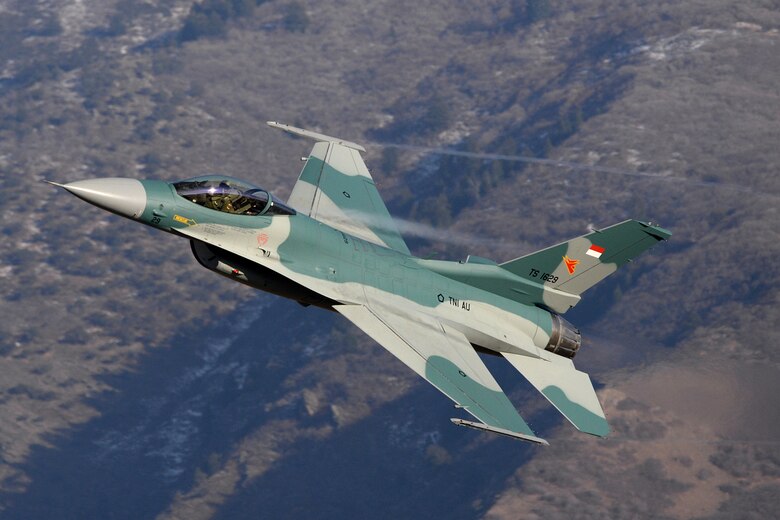Jura The idiot
General
some time ago
Oct 22, 2017
Philippine commando video shows Marawi in ruins after liberation from ISIS
/arc-anglerfish-arc2-prod-mco.s3.amazonaws.com/public/CPNTHZBESNGBBAXRQNCH2FHW4I.png)
Oct 22, 2017
now this:this is also quite interesting article:
Total victory declared in Marawi over ISIL
7 hours ago
Philippine commando video shows Marawi in ruins after liberation from ISIS
Philippine special forces produced a video celebrating the liberation of Marawi from ISIS militants, but the video highlights a shocking level of destruction inflicted upon the small city.
ISIS fighters managed to seize and hold onto the city for . It eventually was liberated by Philippine forces at the end of October, but at a tremendous cost.
The nearly 9-minute bloody and violent video shows the city in tatters as Philippine commandos and ISIS fighters fight out an urban battle, street by street. Artillery strikes can be seen pummeling buildings to dislodge ISIS fighters holed up in the city.
The video was first reported on by .
The images are eerily reminiscent of the destruction of other major cities in the Middle East like Raqqa, Syria, and Mosul, Iraq. U.S.-backed fighters spent months liberating the cities from ISIS militants with the aid of U.S. air and artillery power.
“You liberate people, not bricks,” former British Army Maj. Gen. Rupert Jones, deputy commander for Operation Inherent Resolve, said in a televised August Pentagon press briefing. “Buildings can be rebuilt. Lives cannot.”
Noticeably absent from the Philippine video are American advisers who were on the ground advising Philippine commandos. But, evidence of American material support can be seen throughout the video.
The video shows Philippine forces equipped with an array of American weapons, including M4s, rifle optics, PEQ-2 laser designators, grenade launchers, machine guns, and Harris tactical radio systems.
The U.S. has been assisting Philippine military with its counterterrorism campaign known as Operation Operation Pacific Eagle-Philippines.
That assistance has come in the form of U.S. advisers and intelligence, surveillance, and reconnaissance assets like U.S. P-3 Orions and Grey Eagle platforms, according to Molly Koscina, an information officer at the U.S. Embassy in the Philippines.
“The U.S.-Philippine alliance is built on a 70-year history of rich people-to-people ties, including a vibrant Filipino-American diaspora,” she said.
/arc-anglerfish-arc2-prod-mco.s3.amazonaws.com/public/CPNTHZBESNGBBAXRQNCH2FHW4I.png)
The Philippine city of Marawi in ruins as it is liberated from ISIS militants.(Screenshot/ Philippine Armed Forces)





